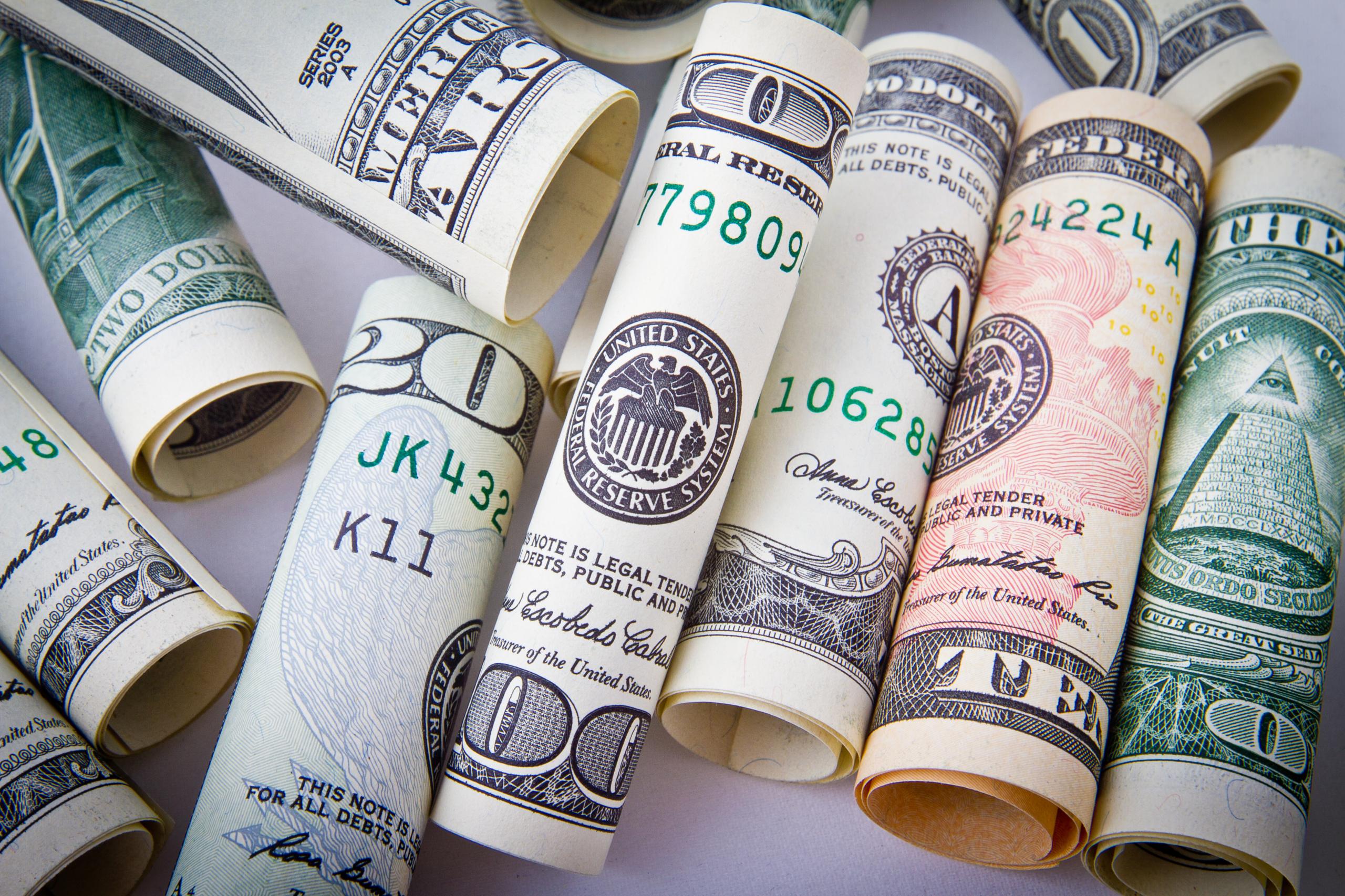The US dollar
2023-12-01
BY CHELTON WEALTH

Since interest rates spiked in mid-October, the US dollar has been under pressure. This week, the dollar reached its lowest point in three months as investors are increasingly convinced of a Fed rate cut in mid-2024. The drop was boosted by the fact that even Christopher Waller, one of the hawks at the Fed, signalled that US policy rates are unlikely to rise further. It even signalled that interest rates could come down if inflation rates continue to fall. He is increasingly convinced that the Fed will succeed in getting inflation to 2 per cent. In itself, this is not an extreme statement, as there are increasing sounds and signals that US inflation will even be well below 2 per cent next year. Earlier this month, Powell indicated that the central bank was not thinking of cutting interest rates at that time. Meanwhile, the 10-year rate has also fallen below the level of 20 September, the time when Powell stated that interest rates would stay "high for longer".
FACTORS AFFECTING THE DOLLAR
Now, there are as many as 10 different factors affecting the dollar and the market tends to emphasise one particular factor. The US is expensively based on the real effective exchange rate, while the euro and sterling are more likely to be valued at fair value. Asian currencies, especially the Japanese yen, are heavily undervalued. The Swedish krona is also relatively cheap. For now, the dollar is supported by much higher real interest rates in the United States, especially with inflation falling rapidly. But the fact that the Fed has pivoted in a short time from a 'longer high' policy to announcing this week that the first rate cut is imminent puts pressure on the dollar. Financial markets always look some six months ahead. On the other hand, the Bank of Japan is about to raise interest rates from 0.1 per cent to 0 per cent. If more interest rate hikes in Japan follow, the Japanese yen could recover quickly.
QUANTITATIVE TIGHTENING AND ENERGY
Besides interest rate policy, there is also the policy of quantitative tightening, but this is where Europe and the United States keep each other in balance. Only the Bank of Japan has practically abandoned the YCC policy, the superlative of quantitative easing. For the time being, released loans in Japan will be reinvested by the Bank of Japan. Only when Japan also starts quantitative tightening could this boost the Japanese yen. Energy prices also play an important role in the development of the US dollar. That is where the world did change. The United States is now self-sufficient in energy again, while Europe has to finance its energy needs with US dollars more than ever. Last month, however, oil prices fell sharply, which helped the euro. Apart from a US recession, the downside risk in oil prices seems limited.
IMPACT OF WEAKER DOLLAR
A weak dollar is a boost for equity markets outside the United States. Furthermore, a weak dollar usually has a positive effect on commodity prices. Emerging markets in particular benefit from a weaker dollar, especially if those countries also outperform the US economy economically. Moreover, many currencies in emerging markets are still cheap. Finally, a weak dollar is good news for US companies with a lot of sales abroad. For instance, the Magnificent Seven benefits above average from a weak dollar, as all companies apart from Amazon derive a large part of their sales from abroad.

